Five advantages of uST transport for passengers in winter
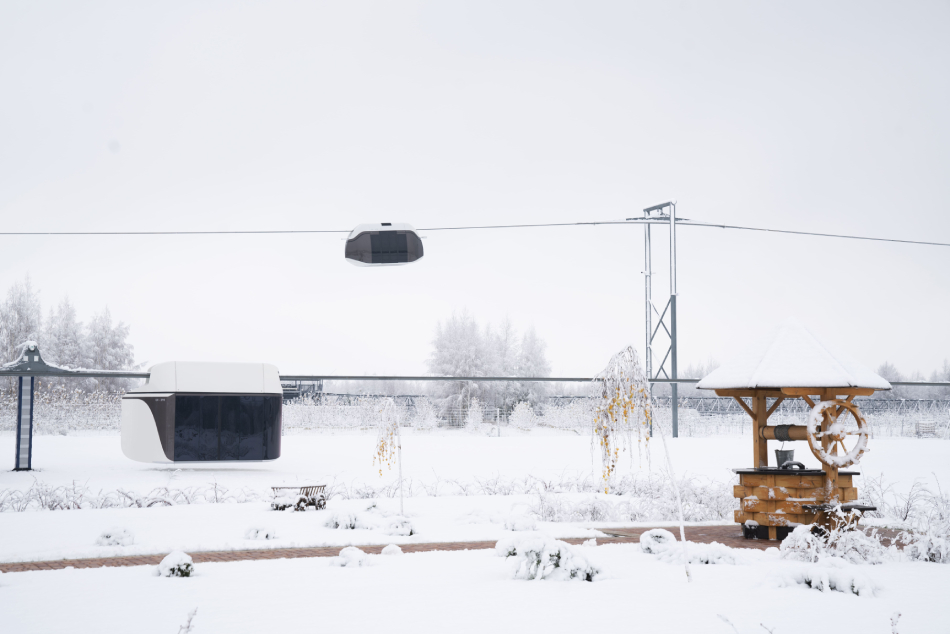
The effectiveness of UST Inc. technology is especially noticeable in difficult weather conditions. For example, in extreme winter weather, passenger transportation will remain just as comfortable. Let's look at the main problems of urban transport arising at this time of the year through the eyes of passengers and find out what the uST transport and infrastructure complex offers.
Warm stations
Standing at the street blown by the wind can be quite unpleasant, especially if there’s a blizzard or sleet outside. Moisture on clothes and snow slush underfoot do not make things better. In addition, wet snow on the steps of public transport can make embarkation rather dangerous.
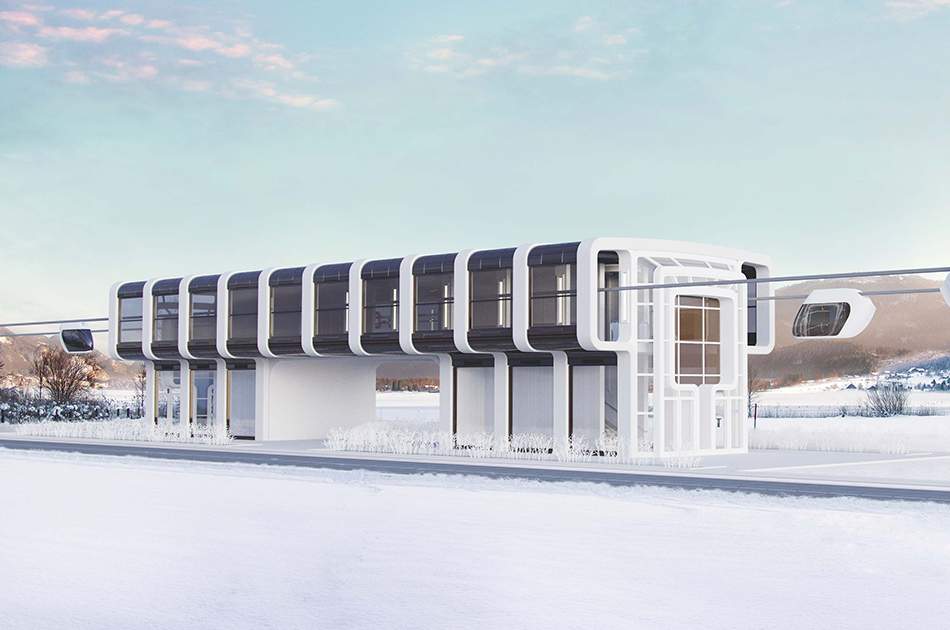
According to doctors, people most often slip when entering or exiting bus or trolleybus. Falls on icy stairs can be particularly serious.
The closed-type stations of the uST transport and infrastructure complex protect from the bad weather. The landing platform is not blown by a cold wind, and the temperature inside is maintained optimal for passengers. Moreover, cafes, shops, pharmacies, and other service facilities can be located on the territory of the complex.
Protection from drafts
It is not always possible to warm up during a ride on public transport. A bus, trolleybus, or tram stops every 10-15 minutes, or even more often. And each time, together with the passengers, cold air enters the interior of the vehicle through the open doors and quickly replaces the warm one. Constant drafts seriously increase the risk of local hypothermia. It can lead to the inflammation of the passenger’s back or neck muscles.
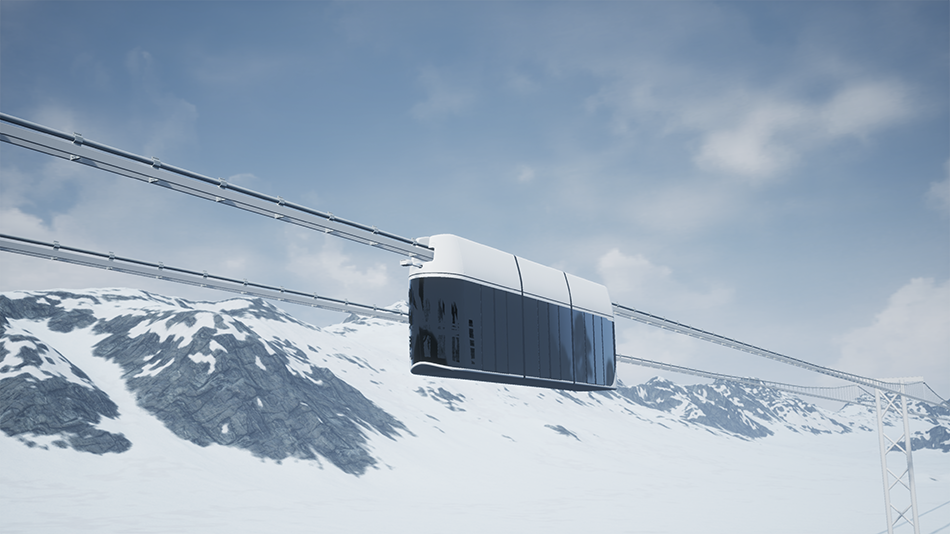
uPods – the rolling stock of the uST transport and infrastructure complex – make stops only at closed-type stations. Therefore, passengers are protected from drafts and sudden temperature changes.
Arrival without delays
It’s unpleasant to wait for public transport in winter, especially when there is a snowstorm or severe cold outside. And it becomes doubly unpleasant when the transport is late. The winter season has many reasons for this, such as heavy snowfall, accidents, or frosts. Even arriving home with a serious delay is already a test, but what if, for example, you are late for a plane or train?
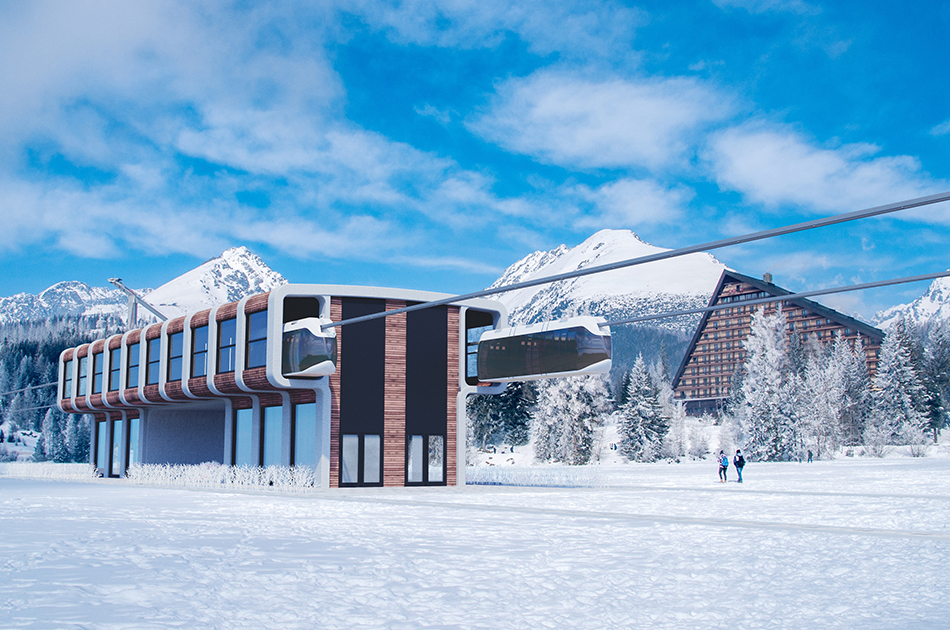
So, in November 2022, 10 passengers of a city bus were stuck for several hours on Russky Island, a kilometer from Vladivostok. Due to rain, sleet and a sharp cold snap, the road was covered with ice. The bus stopped and couldn't move on. The passengers didn't leave either – the road was very slippery.
If there was a string rail overpass from the island to the city, then bad weather would not have prevented the transportation of passengers.
uST transport and infrastructure complexes work effectively even at extremely low temperatures and are not afraid of adverse weather conditions. Since the overpass is located above ground, it is also not affected by ice and snowdrifts. Icing is also not dangerous, as the steel wheels of uPods clean the snow themselves.
Zero accidents
When you’re a bus or trolleybus passenger, the risk of getting into an accident in winter is high. For example, every sixth accident in Vladimir occurs with the participation of public transport and mostly in winter. For example, in December 2022 the road conditions were difficult to the point that due to the bad weather several buses of the OKTO carrier alone were damaged in accidents.
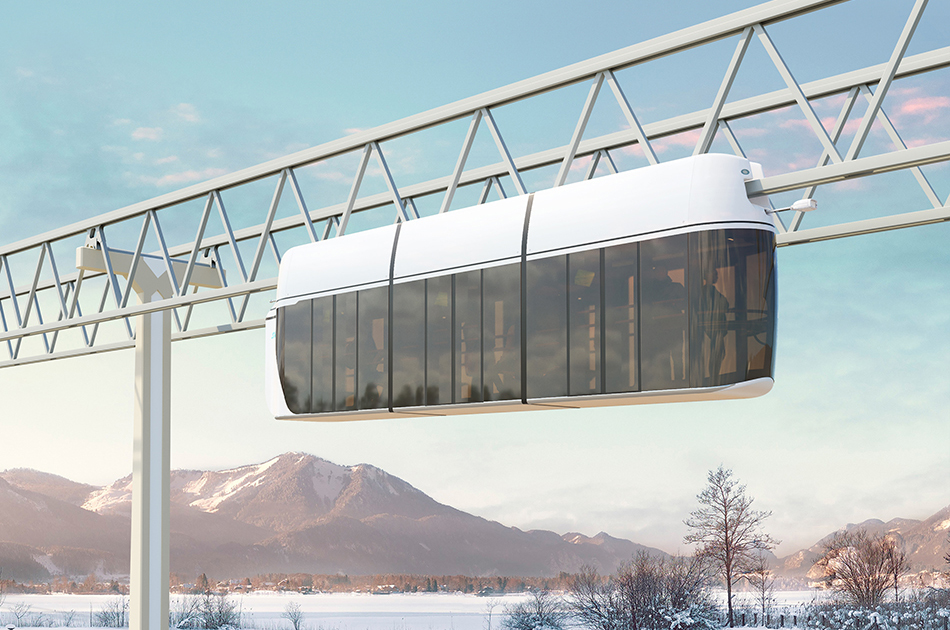
And while the car passenger is at least buckled up, everything that is left when you’re in public transport is holding on tightly to the handrail. The risk that passengers will be injured in an accident is much higher. This is exactly what happened this November in Primorye, where a bus carrying 14 schoolchildren overturned. Eight of them were injured, and six had to be hospitalized.
Since the uST overpass is located several meters above the ground, the possibility of a collision with another vehicle is excluded. The uPods themselves are equipped with a collision prevention system, and their movement control is fully automated.
Strong wind does not affect the comfort and safety of transportation carried out by uST complex, while the operation of ground transport in such conditions is associated with risk. So, in December of this year in the Krasnoyarsk Territory, a bus with passengers slid into a ditch and overturned due to strong winds.
Perfect temperature
Probably everyone who uses public transport in winter is familiar with the situation when heavy clothing makes riding in the bus similar to staying in the sauna. This is unpleasant and especially harmful to the body when the heated passenger has to return back to the frosty weather outside.
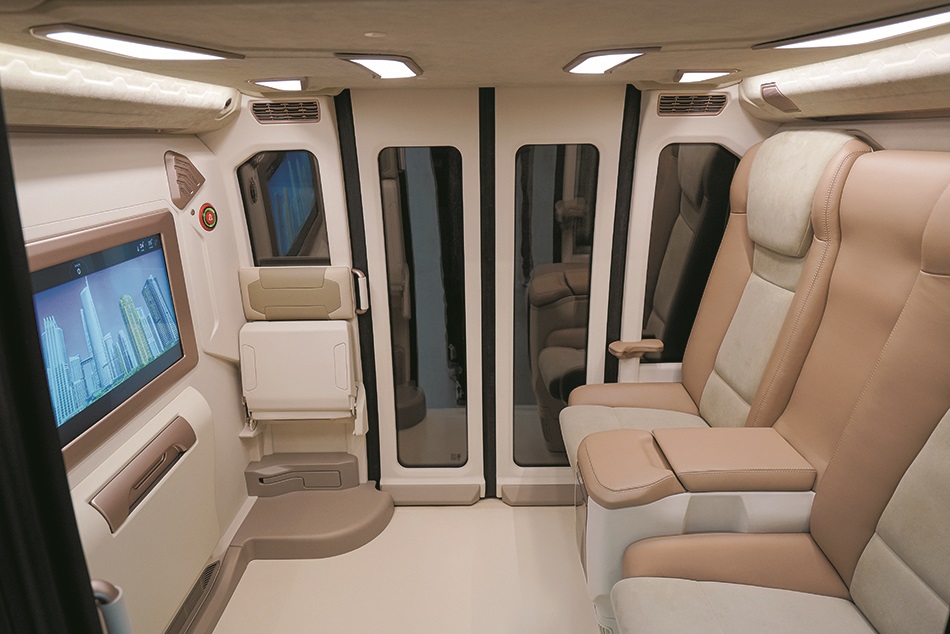
Since the stations of the uST transport and infrastructure complex protect from the harsh weather, you can take off your outerwear before the ride. The climate control system of the uPod keeps the temperature inside the cabin comfortable throughout the whole trip. The passenger also disembarks at a warm station, unafraid of freezing.
Safe, warm and always on schedule
As you can see, uST transport and infrastructure complex makes winter rides safe and comfortable. Passengers do not have to worry that the flight will be canceled or there will be a delay due to bad weather. The optimal temperature will be maintained inside the uPod throughout the route, and the road itself will not take much time. The operation of the uST transport and infrastructure complex is not affected by traffic congestion and bad weather.
More news
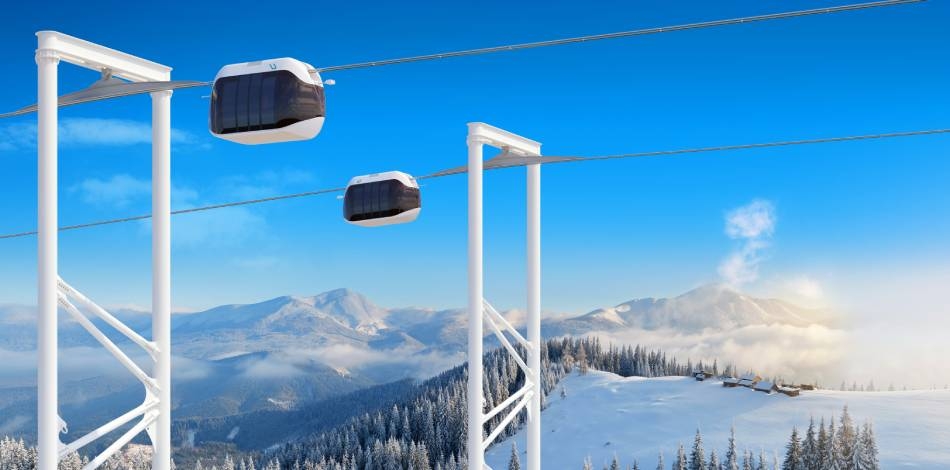
News
17 December 2024
UST Inc. Participates in the International Forum “Arctic: Today and the Future”
At the XIV International Forum "The Arctic: Present and Future", Unitsky String Technologies Inc. showcased solutions aimed at enhancing transportation accessibility in the Arctic territories.
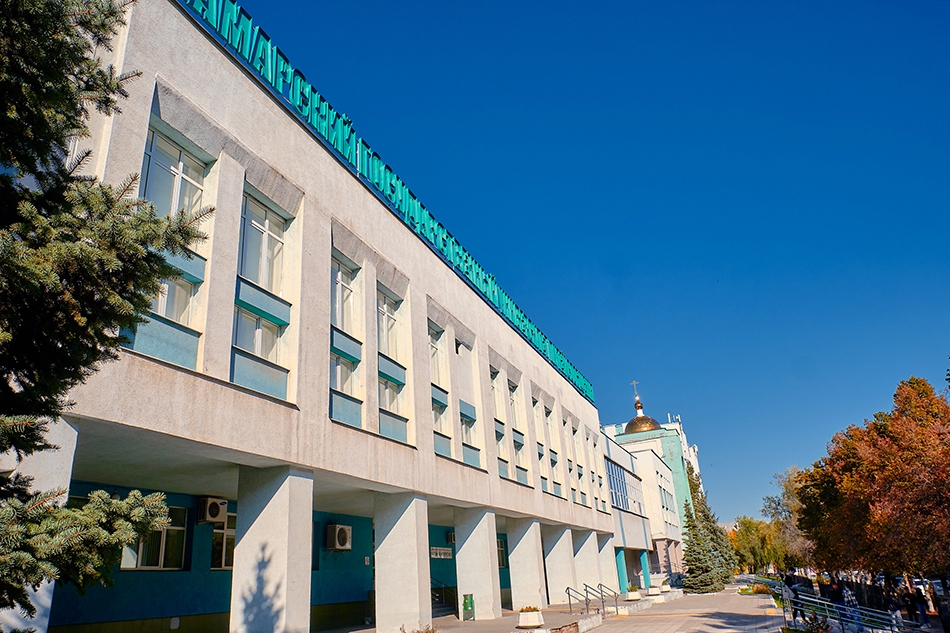
News
24 May 2024
Representatives of UST Inc. Held a Lecture at Samara State University
Representatives of UST Inc. explained what the uST complexes are and what makes them different from conventional transportation solutions.
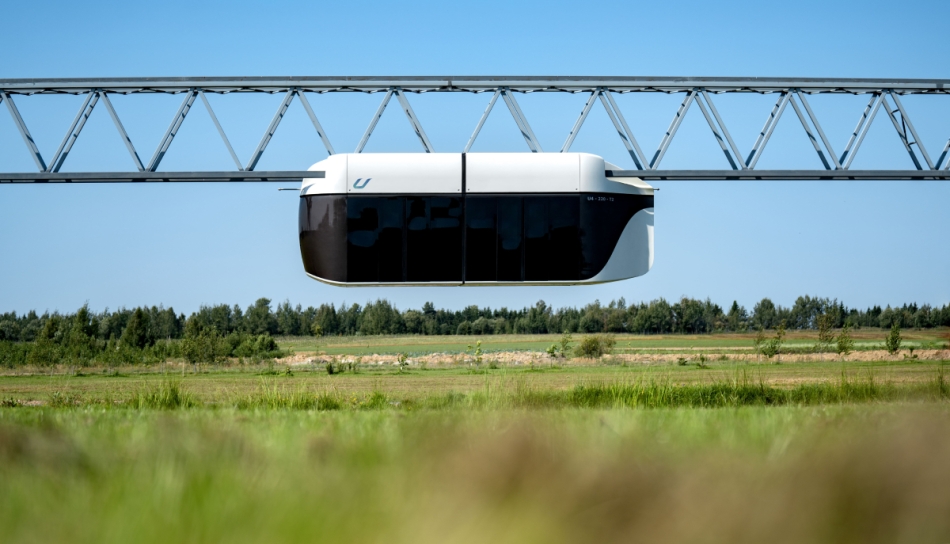
News
15 May 2024
Review of the 48-seat uBus: a new scientific publication on uST transport
In the next issue of the specialized Russian magazine “Innovative Transport”, an article by Anatoli Unitsky, the General Designer of UST Inc., and his co-authors was published.

